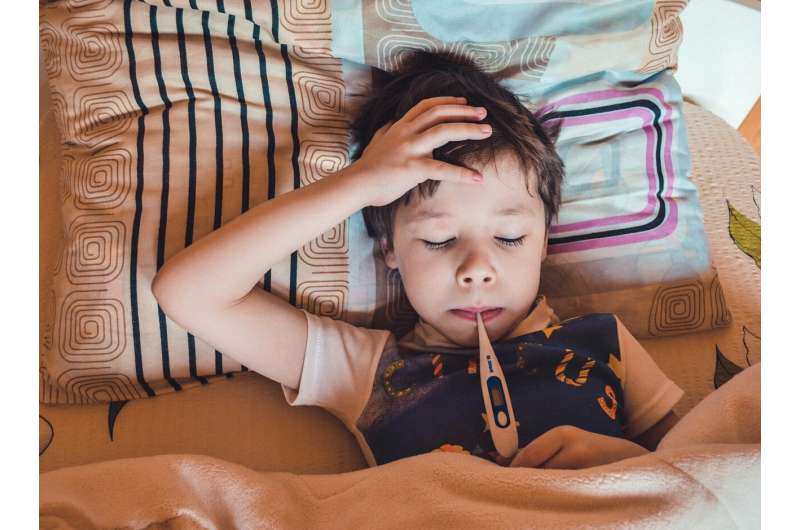How to protect your kids from RSV

Respiratory syncytial virus, or RSV, is on the rise in Kentucky. For most people, including children, RSV will cause a common cold-like illness and will recover in a week or two. But a small percentage of infants and younger children may become more ill and need more care. RSV can lead to much more severe illnesses such as bronchiolitis and pneumonia.
RSV season normally starts in November and runs through February. In 2020, the Centers for Disease Control and Prevention (CDC) reported a relatively mild season, which is attributed to masking, social distancing and hand-washing. But a spike in cases this summer can be traced to the relaxing of those measures, as well as the fact that kids are back in contact with each other.
Premature infants, infants under six months and children under two with chronic lung or heart disease or weakened immune systems are at greatest risk. Here are the symptoms in infants and children you should look out for:
- Fever
- Irritability
- Runny nose
- Loss of appetite
- Coughing, wheezing, or a pause in breathing
RSV spreads through the sneeze or cough droplets of an infected person, direct contact with an infected person or touching a surface that has the virus on it, such as a doorknob or light switch. People infected with RSV are usually contagious for three to eight days. To protect yourselves and your child, cover your coughs and sneezes, wash your hands frequently, avoid touching your nose, eyes, and mouth and frequently disinfect surfaces in your home.
If you or your child is diagnosed with RSV, there are steps you can take to relieve your symptoms.
- Manage fever and pain with over-the-counter fever reducers and pain relievers, such as acetaminophen or ibuprofen. (Never give aspirin to children.)
- Drink enough fluids. It is important for people with RSV infection to drink enough fluids to prevent dehydration (loss of body fluids).
- Talk to your health care provider before giving your child nonprescription cold medicines. Some medicines contain ingredients that are not good for children.
Source: Read Full Article
